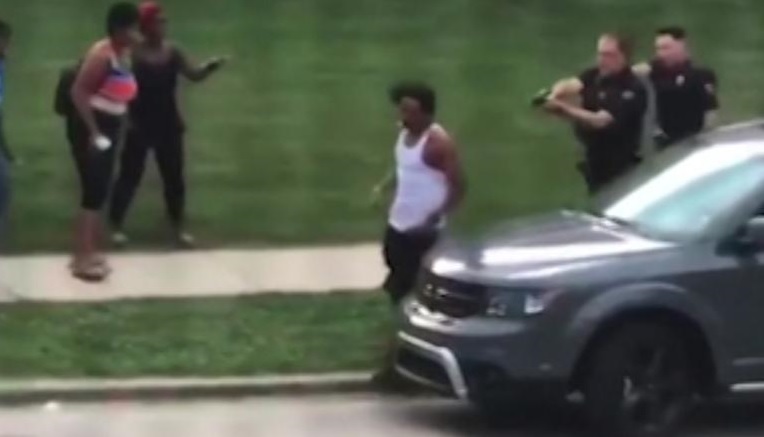
By Chief Joel F. Shults, Ed.D.
There is one force that marches without regard to laws, juries, prosecutors, or politicians: time.
LeBron James uses his athletic fame as a huge platform to protest the shooting of Jacob Blake. He immediately tweeted outrage against the refusal of the district attorney to criminally charge officers involved in Blake’s wounding. The activism of many athletes in the wake of OIS events is especially ironic. Not because of the criminality rampant in professional sports, but because athletes should know more about human capacity and the pressure of making decisions within narrow time constraints than most of the rest of us.
When a batter stands with a wood or metal stick held above his shoulder, he faces a small circle that will be hurled in his direction and arrives from the pitcher’s hand to the batter’s torso in about a third of a second.
Since the batter’s brain takes a quarter of a second to command the arms to begin his swing, there is less than one-tenth of a second to decide to swing or not swing. This doesn’t count the milliseconds for the retina to translate a few million inputs, or the micro-adjustments the muscles must intuitively make to make the kind of swing most likely to rocket the ball in a certain direction. The batter is taking into account any wind, the temperature, video he has seen of this particular pitcher, what is going on in the field beyond the mound to anticipate the pitcher’s strategy and likely style. The batter is anticipating what will happen if the ball is hit, or fouled, or missed. The context of the moment matters in the decision he makes on how to get to first base with a home run, a bunt, or a walk. This with thousands of fans roaring in his ears. Whatever the outcome, unless it’s the last pitch of the World Series, that decision won’t result in cities burning and tear gas flowing.
The quarterback also knows that the average time they have to throw the ball is under three seconds. His decision is under the pressure of assault by a horde of adversaries bent on knocking down and while looking into a swarm of movement where the field of opportunity changes with every fleeting moment. Spectators may moan about that decision, but they soon forgive and forget and go about their business.
In a 2014 report by writer Kyle Newport on a game between James’ Miami Heat and the Houston Rockets, Newport notes “When there is less than one second left on the shot clock, there is barely enough time for a player to catch the basketball and shoot. LeBron James has no problem scoring when there are 0.7 seconds left on the shot clock. On Sunday, the Miami Heat superstar was able to catch the inbounds pass and drain a shot off one leg before the buzzer sounded.” Adding, “There’s no defense for that kind of shot.” Good reporting for Kyle and good playing for LeBron. God forbid a police officer would have to make the same complex decision, but in a contest where lives are at stake.
When investigators review and OIS (officer involved shooting) where video is available, one of their procedures is to create an accurate timeline of the event. Just like a sports replay being examined by referees and commentators, the speed of an actual transaction often simply doesn’t allow the human brain to capture all of the relevant information. The laws of physics operate in infinitely split nanoseconds of time, but the human brain can process information only within the limitations of biology.
Keeping in mind that few media outlets show the entire sequence of any video of an OIS, putting a clock to it is important to understanding the event as it unfolds. In the Kenosha OIS involving Blake, the most popular civilian-made video shows that from the time officers gave orders to Blake to stop at the rear of a vehicle to the time the first shot was fired as Blake attempted to enter a vehicle was about six seconds. Six seconds to gain compliance and resolve the situation. Six seconds for any sign that Blake was going to cooperate. Six seconds to decide the probability that Blake would harm the occupants of the vehicle, secure another lethal weapon, or drive away endangering the occupants, bystanders, or police officers. Six seconds to determine when the last possible chance of redemption and compliance might show up. That may be a long time for a millionaire athlete to make a move, but it is a lifetime in law enforcement.